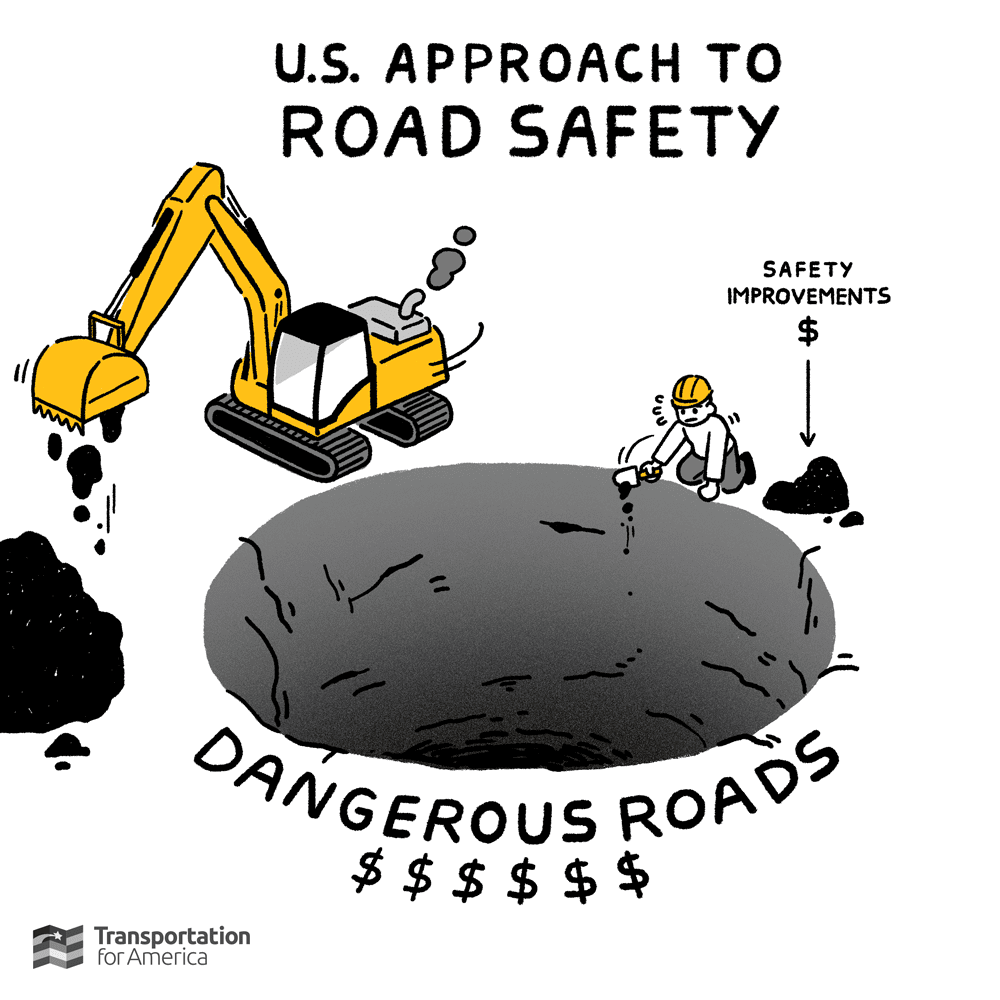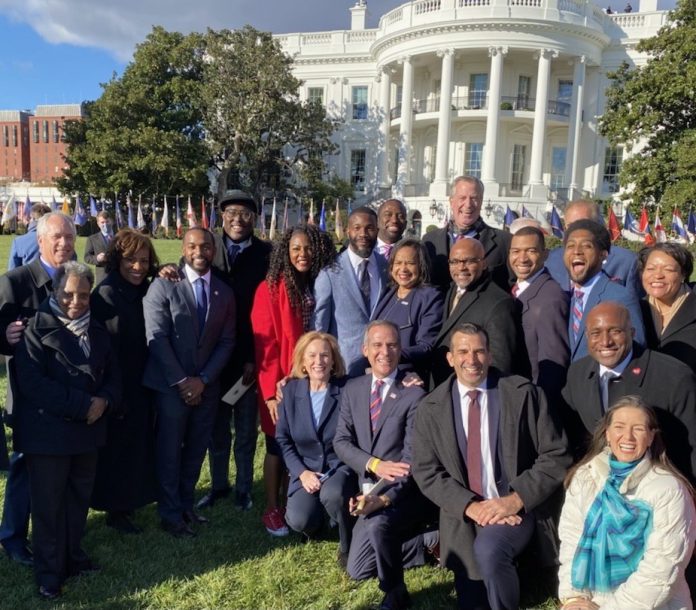
The $1.2 trillion package includes more than $7 billion for Washington State transportation infrastructure — most of it highways.
On Monday, surrounded by lawmakers from both Democratic and Republican parties, President Biden signed into law the $1.2 trillion Infrastructure Investment and Jobs Act, which the administration touted for its bipartisan success after receiving support from 13 House Republicans and 19 Republican Senators, a small, but not inconsiderable number given the polarized nature of the current American political landscape.
In response to the bill’s passage, Mayor Jenny Durkan emphasized that Seattle is “ready for a historic and transformative bipartisan infrastructure deal.” Durkan, as part of a group of mayors, attended the bill’s signing at the White House.
The fact that the federal government has finally managed to pass an infrastructure bill after many years of failed attempts is notable. President Biden succeeded where the previous administration did not. Donald Trump pledged to make infrastructure investment priority on the campaign trail, but couldn’t get it done.
With “jobs” in the title, the package puts its goal of boosting employment front and center. According to the White House, the bill will create an average of 1.5 million jobs annually for the next decade, an assertion supported by Moody’s Analytics, although it was not clear if that number of jobs would result from the infrastructure bill alone or if it would include jobs created as a result of $1.75 trillion Build Back Better package of social spending and tax breaks that the administration is seeking to pass separately in the coming months.
The passage of this bill comes on the heels of United Nations 26th Climate Conference (COP26) in which nations made historic pledges to decrease carbon emissions. That being said, the Infrastructure and Jobs Act appears to be a mixed bag in terms of how it will address the climate crisis, one of the reasons why Representative Alexandria Ocasio-Cortez made a high profile vote against the bill.
“I cannot vote to increase our emissions without a commitment to draw them down,” Ocasio-Cortez said, explaining that key climate investments were connected to provisions in the yet to be passed Build Back Better package, which is likely to be changed as it moves through the House and Senate.
New spending resulting from the bill is split between transportation and core infrastructure. Since only $120 billion has been left to the discretion of the federal government, the vast majority of the funding will be overseen by the states, leading some to observe that it will really be up to the states to determine the nature of the bill’s legacy.
The bill, however, does provide some guidance on where the money should be directed on a general level. Using an analysis completed by McKinsey and a mobility fact sheet from the White House as jumping off points, let’s take a closer look at how the bill’s spending breaks down in terms of both transportation and core infrastructure, and then move on to consider projects already identified in Seattle.
Transportation
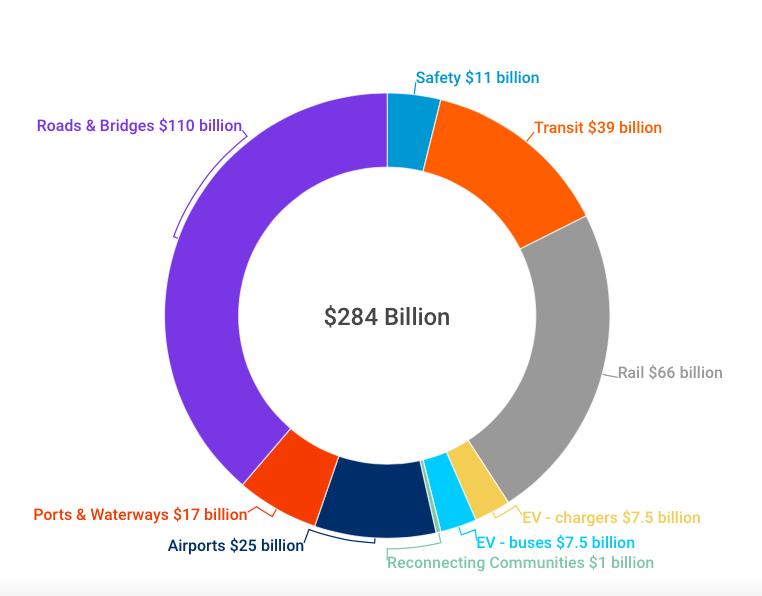
Looking at transportation, the fact that roads, bridges, and major projects constitute by far the largest area of funding, accounting for roughly 39% of the total $284 billion budget, will be a disappointment to some who had hoped the bill would be more transformative for the nation’s transportation networks. The Highway Trust Fund will receive a 21% increase as a result of this funding, and it will be up to the states to determine if this funding is used to pay for maintenance and repair work, or if it will be invested in expanding infrastructure for cars and increasing the future maintenance backlog. Some critics have also pointed out that by continuing to invest heavily in highways, the bill will perpetuate many of the same road safety problems that it aims to address.
The White House estimates that the funding will reduce the backlog for major repairs for highways and bridges by almost 20%, including supporting repair work on up to 10 of the most economically significant bridges in the country and over 15,000 smaller bridges.
Seattle traffic was recently impacted by the malfunction of the University Street drawbridge, in addition to ongoing mobility issues resulting from the closure of the West Seattle high bridge. However, for Washington State, preliminary estimates show $605 million has been awarded for bridge replacement and repairs, in contrast to $4.7 billion for highway programs. It will be up to the state legislature to determine how much of these funds is invested in road maintenance and repair versus highway expansion.
“There are also various things federal highway money is disbursed for, including programs for highway preservation which is greatly needed in our state. We welcome additional funds that can help preserve our state system,” a representative for Governor Jay Inslee said in an email to The Urbanist.
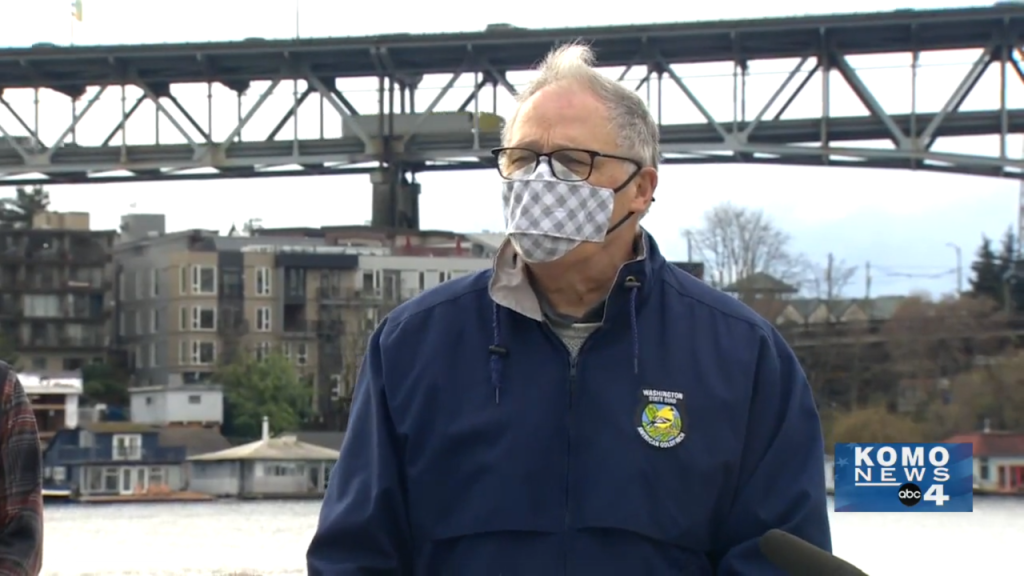
On a brighter note, in terms of rail, it appears that Amtrak Joe’s legislation makes good on his nickname, if not his campaign promises to launch a national high-speed rail network. The $66 billion for passenger and freight rail represents largest investment in rail in American history, and represents an 11-fold increase in historical funding levels for rail. Approximately 1,700 aging subway, light rail, and commuter rail cars are slated for replacement using funding from the bill, including some Amtrak rail cars over half a century old running on heavily trafficked routes. Still, it’s not funding commensurate with building out world class high-speed rail, but rather more incremental changes.
Public transit will also receive a boost under the bill, which aims to reduce the current backlog on national transit maintenance by 15%. $5.3 billion of the $39 billion transit budget is intended to pay for replacing thousands of transit vehicles with zero-emission vehicles. Funding will also be available for transit agencies to modernize their operations and improve accessibility. Washington State is expected to receive $1.79 billion for public transportation alone, including $381 million for Sound Transit and $559 million for King County Metro.
Still, the lack of funding for expanding transit is a weakness of the bill in a country where 45% of residents lack access to public transportation, according to estimates by the American Public Transportation Association. Transportation for America pointed out that while the legislation increases funding for transit, it also utilizes a policy framework dating back to 2015 and earlier.
The infrastructure bill is bullish on the future of electric vehicles (EVs) and will spur the first national investment in EV charging infrastructure, aiming to create a nation-wide network of 500,000 EV chargers by 2030. The funding also includes a special program to bring EV charging to smaller and underserved communities. Washington State is expected to receive $71 million to expand EV charging networks. A recent study found Washington State ranked third for access to electric charging stations, behind Hawaii and Arizona.
Funding for transportation safety will result in the creation of a new “Safe Streets for All” program intended to support more communities in creating strategies to reduce traffic fatalities and invest in infrastructure interventions that prevent death and serious injuries. However, some of funding in the safety bucket will be directed toward increasing highway, truck, and pipeline and hazardous materials safety, roughly doubling current funds for such work.
The $42 billion investment airports, ports, and waterways should cut nearly in half the $43.6 billion backlog of airport modernization and safety projects identified by the Federal Aviation Administration (FAA), replacing over 100 control towers at regional and municipal airports over the next decade. Seattle-Tacoma International Airport (SEA) expects to receive $228 million for improvements, while Snohomish County’s Paine Field projects $16 million, and Boeing Field/King County International $6.8 million.
Despite a lot of earlier hype, the Reconnecting Communities Act, which aims to undo damage inflicted on urban neighborhoods in the early days of highway construction, received only $1 billion funding, a significant downgrade from the $20 billion initially promised earlier this year.
Core Infrastructure
Receiving slightly less than transportation, core infrastructure, which largely breaks down to power, water, broadband, and the environment, will also receive historic levels of investment in certain areas.
Of the roughly $73 billion to earmarked for power, $21.5 billion will fund clean-energy technology (e.g., clean hydrogen, carbon capture, and sequestration) including funding for projects that currently are not economically viable for most utilities. Funding will also be available to upgrade to power infrastructure and build new transmission lines that facilitate the expansion of renewable energy. Altogether, the bill will fund the largest expansion of clean energy transmission in American history.
Access to safe water is another pressing issue in the United States. The federal government estimates that about 10 million American households and 400,000 schools and child care centers lack safe drinking water. Spending in the infrastructure bill will fund new and improved water infrastructure and eliminate the use of lead service pipes, including in Tribal Nations and disadvantaged communities most seriously impacted. However, some critics have pointed out that $55 billion won’t cover the country’s needs; for instance, some experts believe that it would cost $60 billion to replace every lead pipe in America, while only $15 billion has been allocated for this expense. Even so, funding from the infrastructure bill will result in a three-fold increase to historical Drinking Water State Revolving Fund appropriations.
The White House affirms that a major goal of the infrastructure bill is to ensure that every American has access to reliable high-speed internet. The $65 billion investment in broadband is intended to bring quality internet access to the roughly 30 million Americans who lack it. The funding is also intended to help lower internet costs, an important national issue. Using the latest data from the OECD for reference, among 35 countries studied, the United States has the second highest broadband costs. To help bridge the “digital divide,” the bill breaks down investments into three categories: the availability of infrastructure, the affordability of subscriptions, and digital inclusion and literacy. Washington State is anticipated to receive a minimum of $100 million to expand broadband internet in the state, which estimates say should help better connect at least 241,000 Washingtonians currently lacking reliable internet.
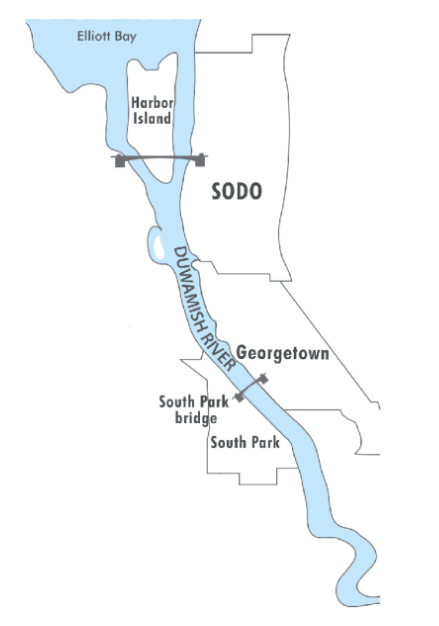
Environmental remediation and resiliency constitute the final areas included as core infrastructure investments in the bill. Increasing funding for the Environmental Protection Agency (EPA) to engage in addressing legacy pollution is a standout provision in the bill; $21 billion funding, the largest amount in American history, will be made available to clean up approximately 1,200 Superfund sites, improve brownfield sites to useable land, and reclaim abandoned mine land. The White House estimates that 73 million Americans (or 22% of the population) live within three miles of a Superfund site, the number for which is higher among both Black (26%) and Latino Americans (29%).
Looking at environmental resiliency, funding has been appropriated to protect against droughts, heat, floods and wildfires with Washington State expected $39 million for wildfire protection, according information provided by Representative Marilyn Strickland’s (D-Tacoma) office.
A closer look at Seattle infrastructure plans
A blog post by the Durkan administration announced Seattle is “ready to deliver” in the following areas as federal funding becomes available:
- Light rail and transit;
- Maintenance and repair of roads and bridges;
- Safe streets (i.e., Vision Zero investments);
- Healthy streets — according to the City of Seattle the bill is initiating a new program to provide grants for cool pavements and porous pavements, and also to expand tree cover;
- EV infrastructure;
- Protection of Puget Sound;
- Electrification of buses and ferries;
- Expansion of pedestrian infrastructure;
- Port modernization;
- Weatherization of single-family and multifamily buildings; and
- Energy efficiency and conservation block grants.
The mayoral announcement didn’t estimate what Seattle’s share of the federal pot will be exactly. A lot remains to be determined in regards to how the federal infrastructure funds will be spent locally. For people who wish to see infrastructure for transit, walking, biking, and rolling prioritized, the upcoming months will be an extremely important time for advocacy.
Natalie Bicknell Argerious (she/her) is a reporter and podcast host at The Urbanist. She previously served as managing editor. A passionate urban explorer since childhood, she loves learning how to make cities more inclusive, vibrant, and environmentally resilient. You can often find her wandering around Seattle's Central District and Capitol Hill with her dogs and cat. Email her at natalie [at] theurbanist [dot] org.

